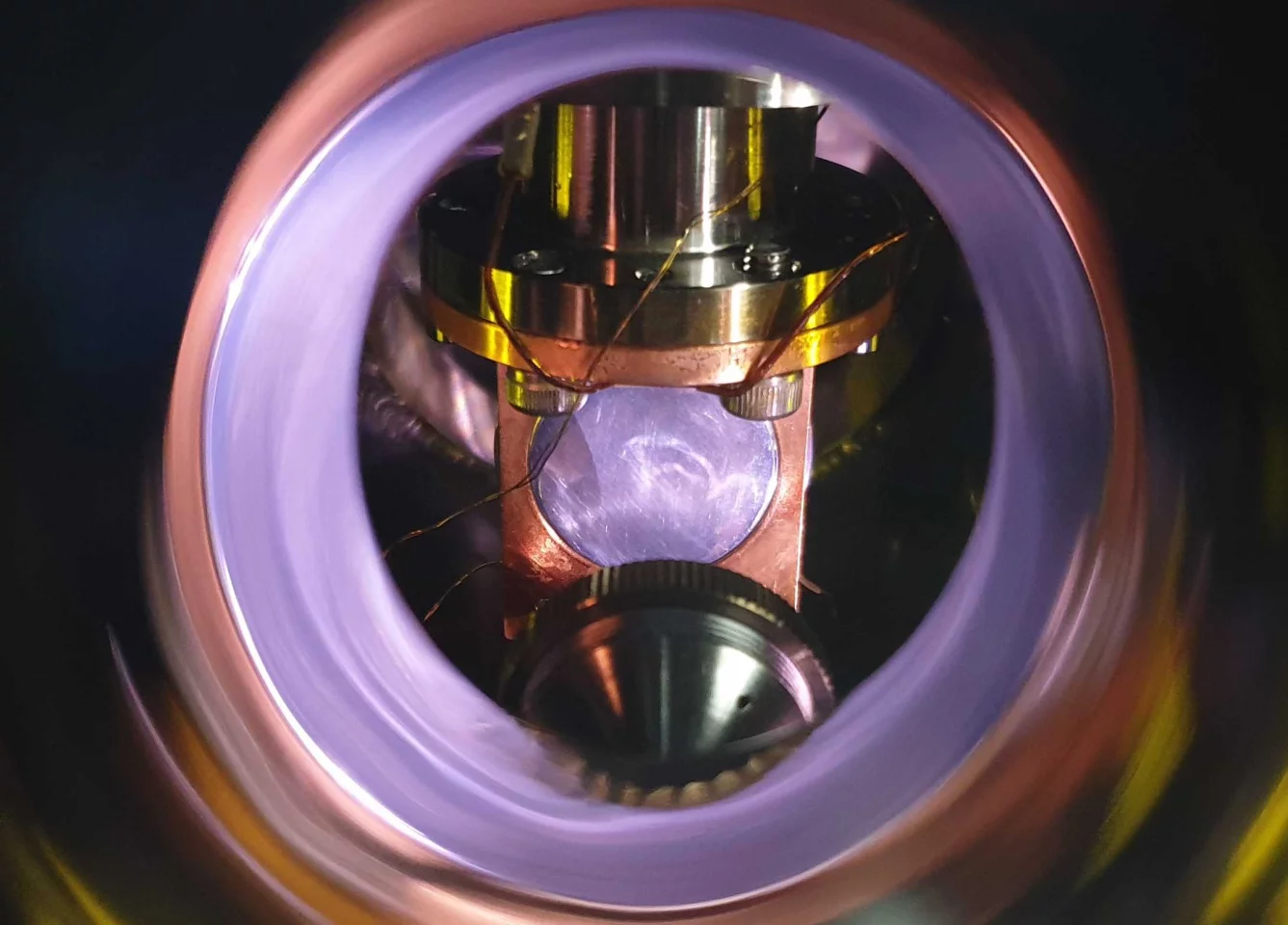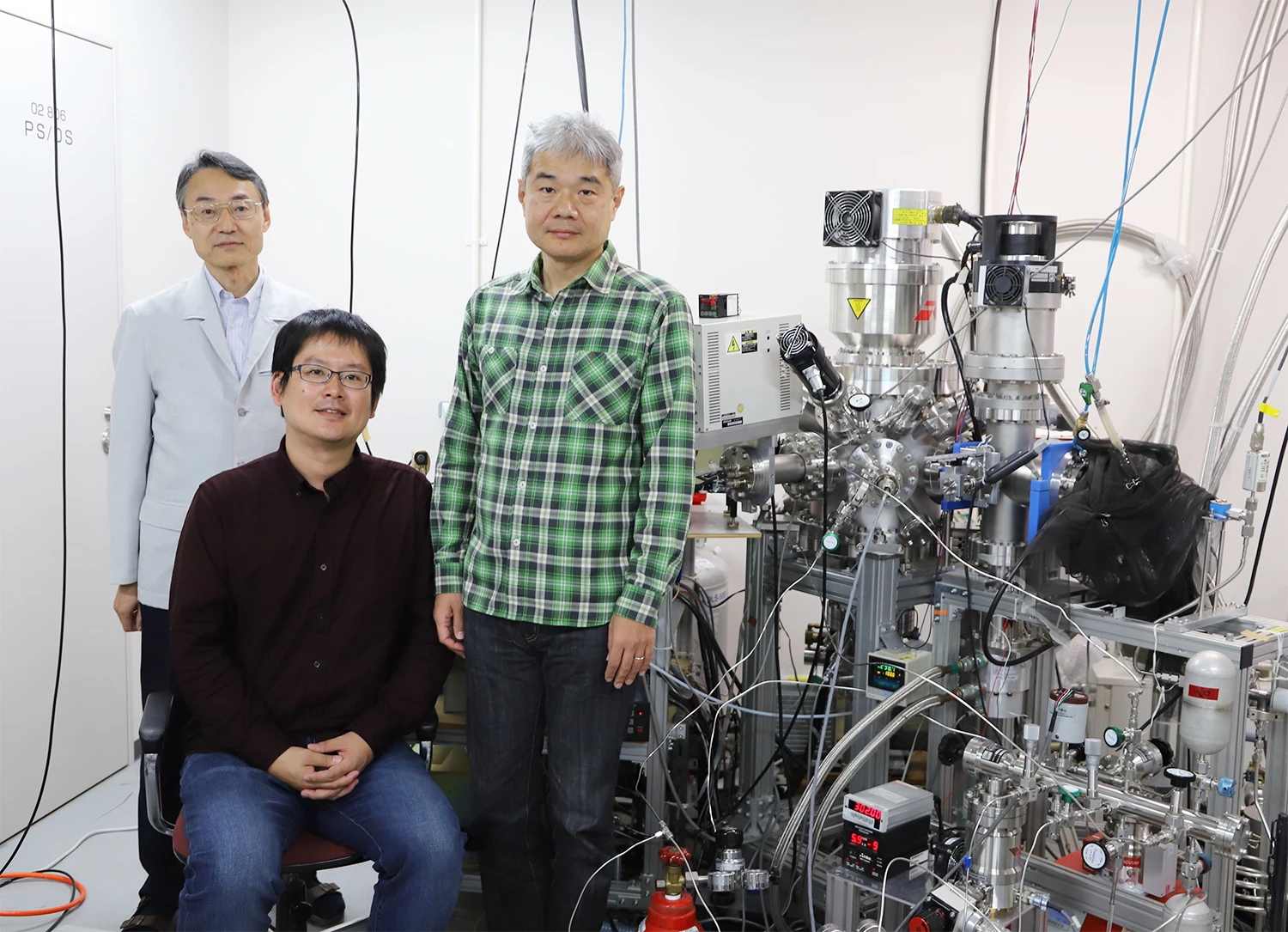It’s still a mystery how life got started on Earth – but maybe it didn’t start on Earth after all. A new Japanese study simulated the gigantic clouds of dust and gas that float around between the stars, and showed that some of the building blocks of DNA can be produced under interstellar conditions.
Life is a lot like a pie. The individual ingredients are relatively easy to come by, but they need to be prepared and combined in such a precise way that it’s still a mystery how it ever happened at all. The tumultuous environment of early Earth is thought to have provided the perfect kitchen for all these ingredients to come together and bake into the diverse pie of life we know today – but increasing evidence suggests that maybe, at least the crust was formed out in space first, before being delivered to Earth.
The latest such study comes out of three Japanese institutes, Hokkaido University, Kyushu University and the Japan Agency for Marine-Earth Science and Technology (JAMSTEC). The team recreated the kind of dust and gas mixture that’s believed to be common in interstellar space, put it in a supercooled vacuum chamber to simulate that environment, and exposed it to the kind of radiation you’d find out there. Then they tested the end result to see what chemical reactions occurred.
The gas was made up of water, carbon monoxide, ammonia and methanol, and this mix was constantly fed into the chamber that contained an analog of cosmic dust. This chamber was chilled to -263° C (-441.4° F), and exposed to ultraviolet light through two deuterium discharge lamps. An icy film was found to form on the dust particles.
Afterwards, the researchers removed this substance, heated it back up to room temperature and analyzed the end product using mass spectrometry and liquid chromatography. They detected the presence of six nucleobases – cytosine, uracil, thymine, adenine, xanthine and hypoxanthine.

Together with a sugar and a phosphate group, nucleobases combine to form nucleotides, which in turn stack up to form DNA and RNA strands. Previous studies have shown that these sugars and phosphate can be created under interstellar conditions, but this is the first time nucleobases have been detected in this kind of experiment.
Interestingly though, the team says this probably isn’t the first time they’ve been created in the lab. Instead, the researchers believe that previous studies may have successfully produced them, but the tools weren’t sensitive enough to pick them up.
“This result could be key to unraveling fundamental questions for humankind, such as what organic compounds existed during the formation of the solar system and how they contributed to the birth of life on Earth,” says Yasuhiro Oba, corresponding author of the study.
The next step would be to try to detect nucleobases actually out in space. So far many other ingredients of life have been detected out there, including sugars, amino acids, and other molecules with the right structure and geometry.
The new study was published in the journal Nature Communications.
Source: Hokkaido University







